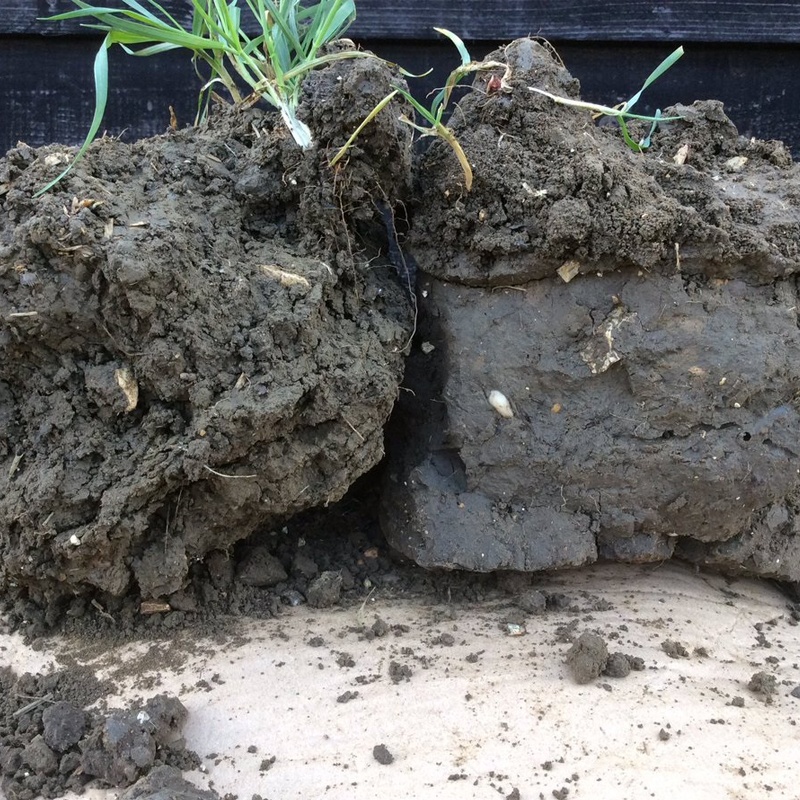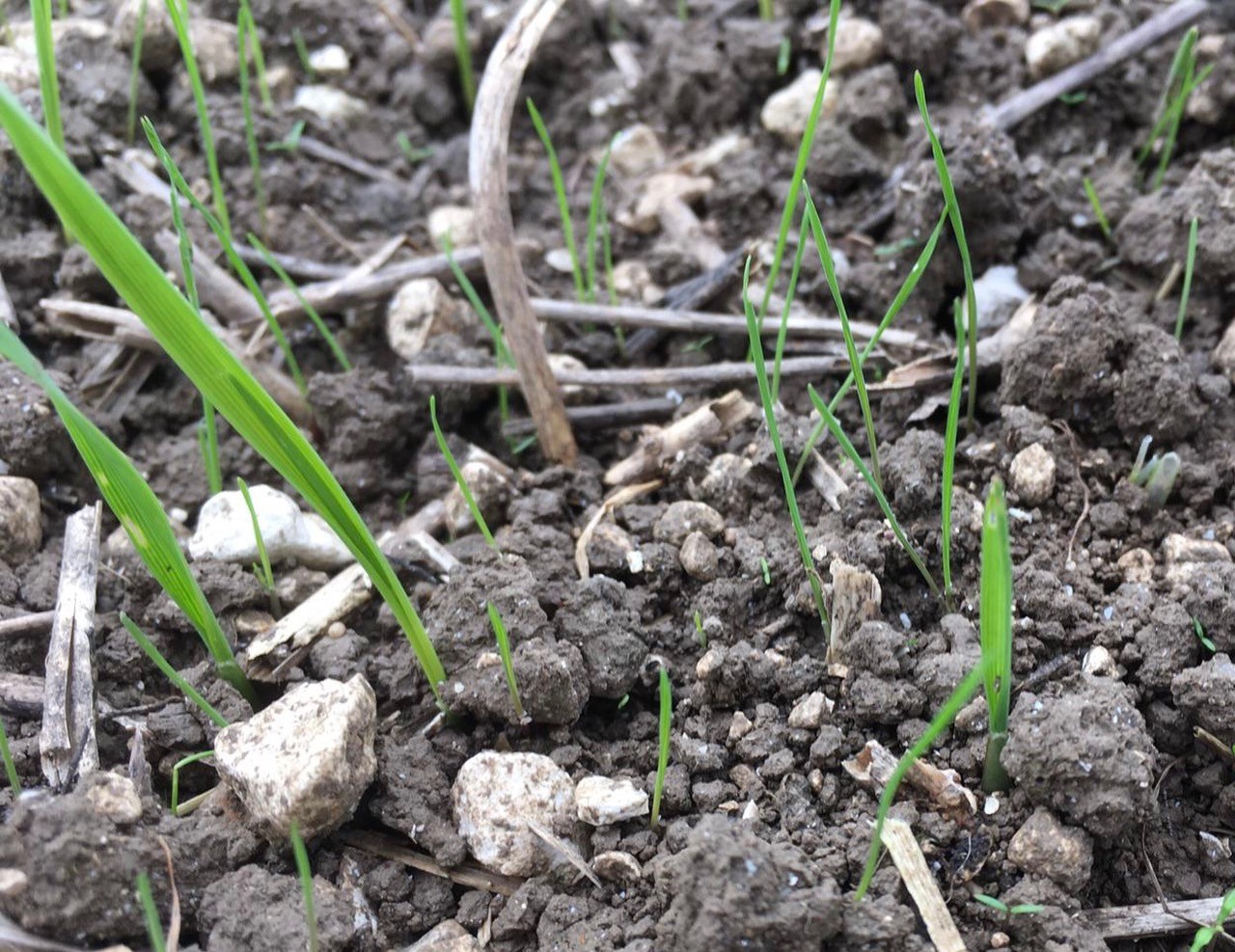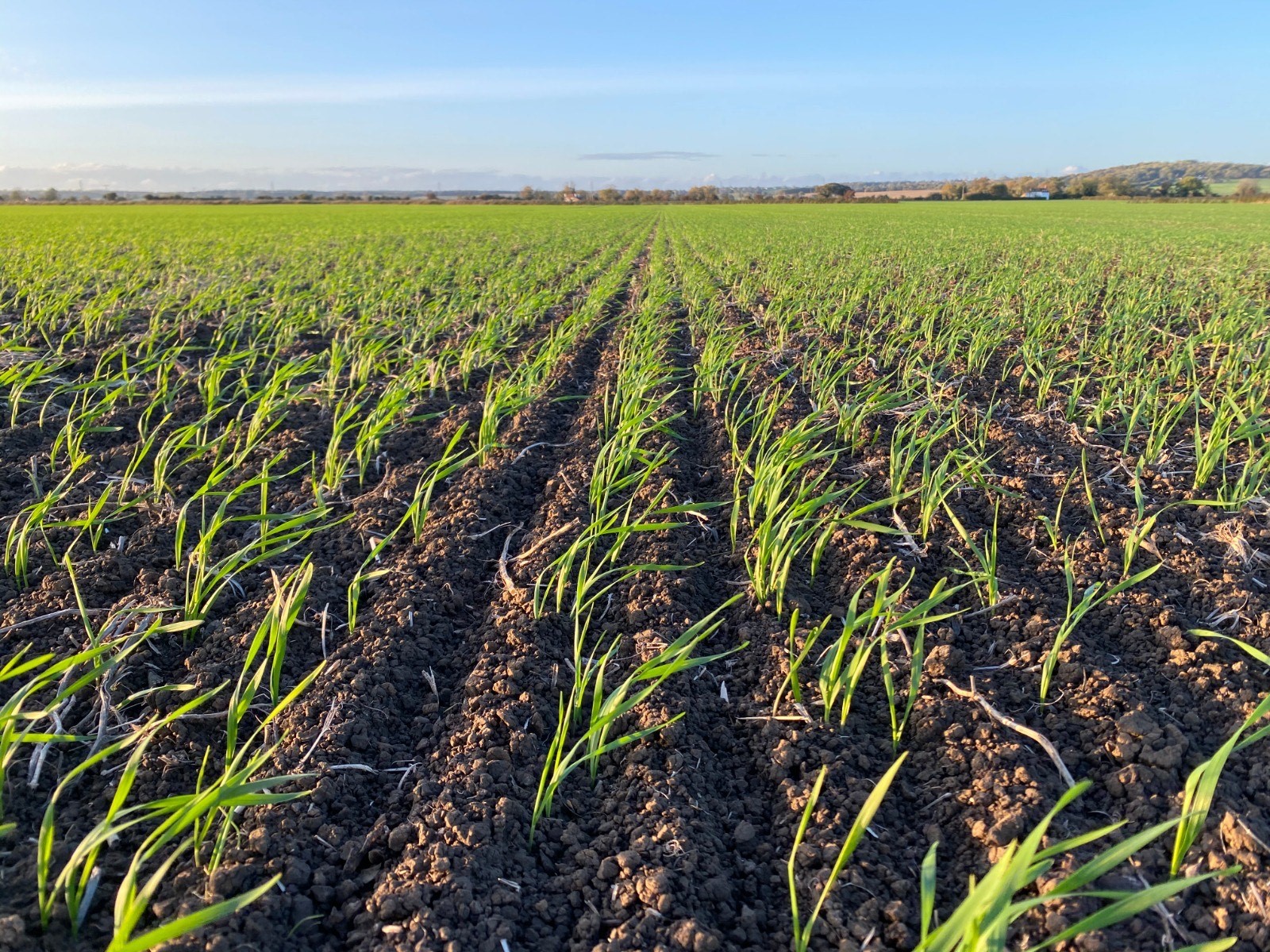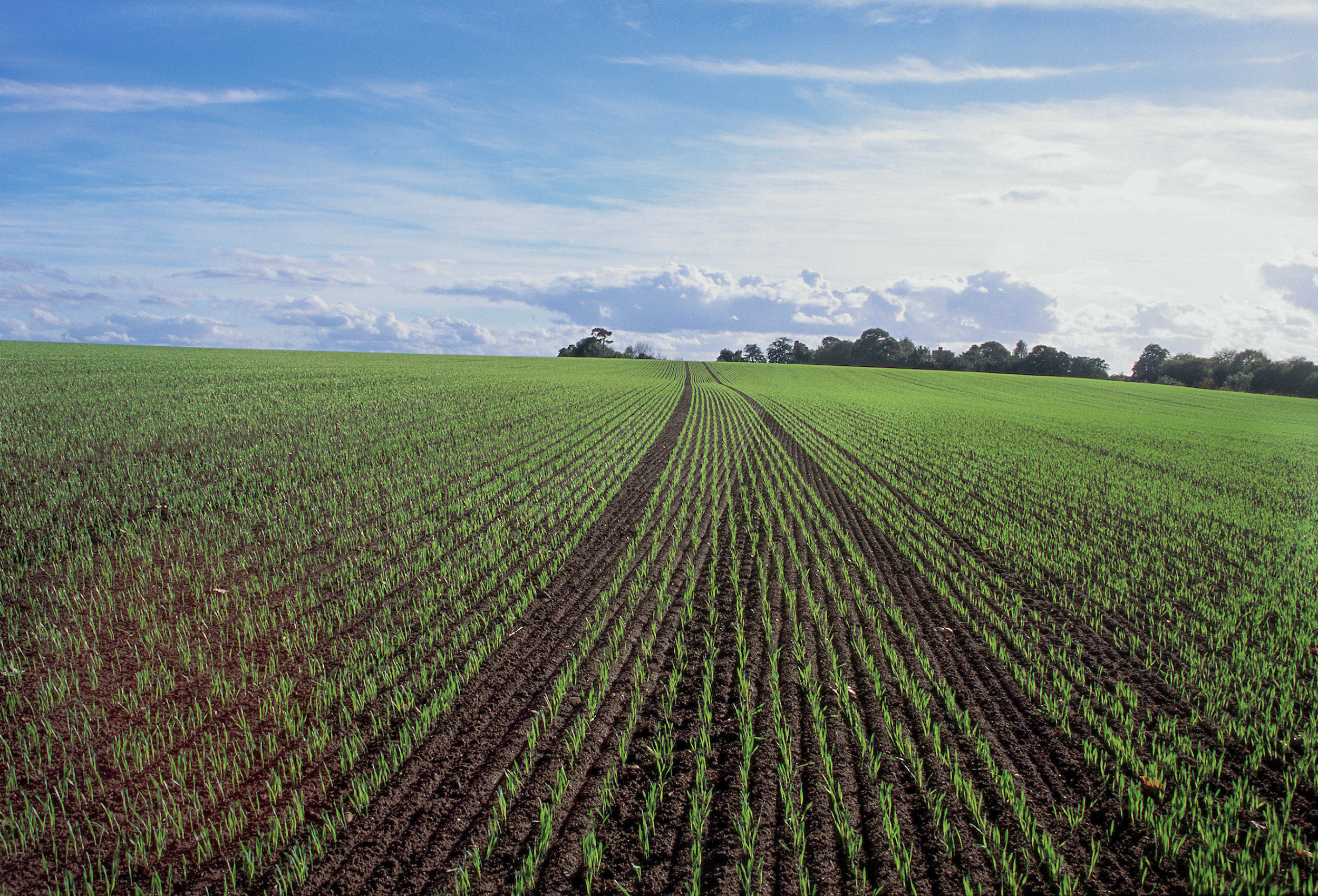Part Two
Continuing our focus on Cambridgeshire grower and agronomist, Russell McKenzie, we are taking a more detailed look at the programme and techniques he is employing to protect his crops from black-grass at Sheard Farms near Kimbolton where Russell grows 995ha of combinable crops. If you missed Part 1 of this story you can catch up here.
To combat the black-grass problem and cut the risk of further herbicide resistance, the farm has allied its spray programme with a range of production techniques. Delaying drilling from September to the second half of October on the high-risk areas is one of the major changes that has been introduced at Sheard Farms.
“The aim is to get beyond the peak germination time for black-grass, allow it to emerge and then tackle it with an application of glyphosate to clean up the field,” Russell says. The worst-affected fields are left until last to maximise the black-grass emergence. In 2016 the drill finally left the field on 31 October. “We have to watch the forecast very carefully to ensure there is a sufficient fine weather window. We also arrange the autumn drilling operation naturally with the cleanest fields picked off at the start,” he explains.
The worst fields are left as late as possible and all that is needed is a three-four-day period of good, dry weather to finish off the drilling. To give the crop a competitive advantage, seed rates have been pushed up to a minimum of 350/sq m and above 400/sq m where black-grass populations are at their highest.
A further major change has been to introduce spring barley crops into the rotation. This gives the fields a long period to allow black-grass to grow and cover crops are used to maintain soil structure and capture nutrients but also allow black-grass to germinate. The break gives an opportunity to spray black-grass with glyphosate in the autumn and the spring to help exhaust the seedbank.
A switch to low-till cultivations and no-till methods has also been made. “You either have to bury the weed seed with ploughing to a depth where it stays and loses its viability, or use low-till and avoid disturbing it in the top 5cm of the soil. It is then more susceptible to residual herbicide exposure and predation,” Russell says.
“We found the previous deep tillage regime was mixing everything through to a depth of 8-10” [20-25cm] and it meant black-grass could be germinating for a longer period from all sorts of depths.”
The aim is to continue with the no-till regime to avoid bringing buried seed to the surface.
Only if the seedbank is too great does the plough come into action if we feel the need to press the reset button. “Ploughing has to be carried out well or not at all because there is a risk of bringing seed up to the surface and not burying sufficiently the problem you are trying to eliminate,” he points out.
The farm is also now using cover crops - a policy that has grown in importance since Russell took part in a sponsored programme of global study tours known as a Nuffield Scholarship. Nuffield Farming Scholarships Trust awards approximately 20 individuals each year with the opportunity to research topics of interest in either farming, food, horticulture or rural industries or are in a position to influence these industries. http://www.nuffieldscholar.org/
During his tour, he witnessed how effective cover crops were, not just as a means to compete with weeds, but as a technique for soil structure improvement, nutrient retention and soil moisture management.
In areas of America and South America where weather can fluctuate between very wet and very dry the value of cover crops was clear in their ability to protect the soil from heavy rain, but to also retain moisture loss in drier periods. “As well as moisture management, there are benefits to soil structure and helping to increase organic matter which help make the soil more friable ahead of direct drilling spring barley,” he says. “The cover crops are now an essential part of our whole approach to improving our soils taking on black-grass and reducing our reliance on herbicides.”
 United Kingdom
United Kingdom Select country
Select country




